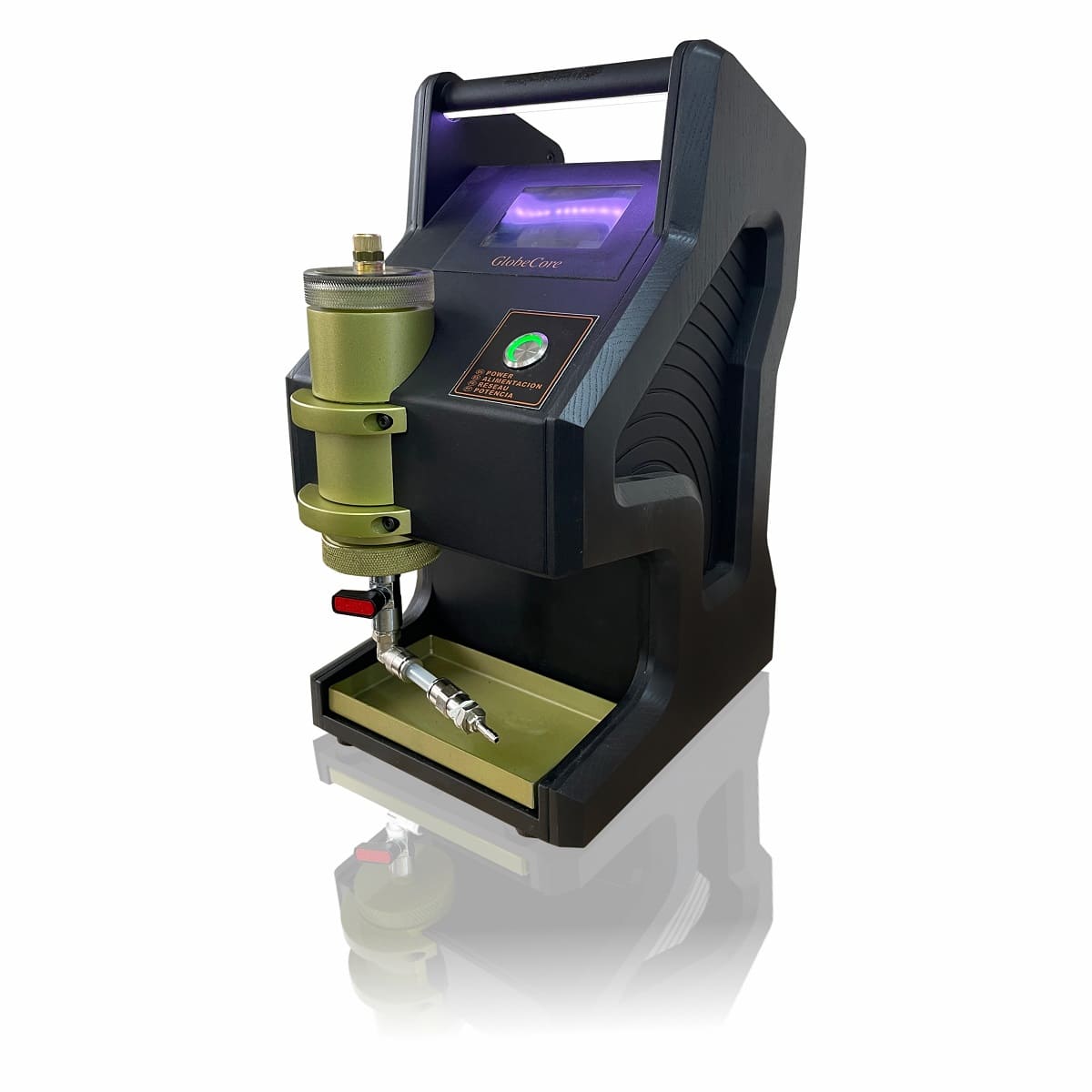How is a burden test for a current transformer conducted?
- This topic has 1 reply, 2 voices, and was last updated 1 year, 2 months ago by .
Answers
-
September 17, 2024 at 7:51 pm by Karen Carter
To conduct a burden test for a current transformer, you need to first ensure that the transformer is appropriately isolated from any connected circuits. The next step is to connect a known resistive load across the secondary terminals of the current transformer. This load should be representative of the actual burden that the transformer will experience in service. Once connected, you should proceed to measure the secondary current while gradually increasing the load resistance. This setup allows you to determine the output characteristics of the transformer, including its accuracy under load conditions. Make sure to document the voltage across the load and the secondary current to create a detailed profile of the transformer’s performance. Regular burden tests are crucial for assessing the health and functionality of current transformers, ensuring they operate efficiently within their specified parameters. It’s important to use proper safety protocols throughout the testing process to prevent any accidental faults or damage to the equipment. The burden test current transformer method not only verifies the operational effectiveness but also enhances the reliability of the measurement systems in various industrial applications.



